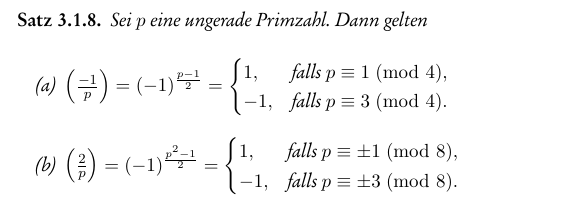I have to disagree with Thomas Schwart's advice (particularly the first sentence—as a matter of opinion, I don't think that properly punctuated mathematics is ambiguous). Mathematical sentences, including sentences which contain notation, should be punctuated in accordance with the normal writing standards of the language being written in.
For further details, I would recommend having a style guide handy. The standard guide for writing mathematics in English is the AMS [American Mathematical Society] Style Guide. The relevant material for punctuation is in Section 12.7. Quoting directly from the introduction to that section:
Mathematical expressions, including displayed equations, are treated as phrases or sentences and are punctuated accordingly (see section 13.4).
There is quite a lot of discussion on lists in Chapter 6, and Section 13.11 is relevant with respect to the punctuation of things in the cases environment.
(Of course, if you are writing for a particular advisor or journal or organization or whatever, and that advisor, journal, organization, or whatever tells you to do something different, then do what they ask you to do.)


